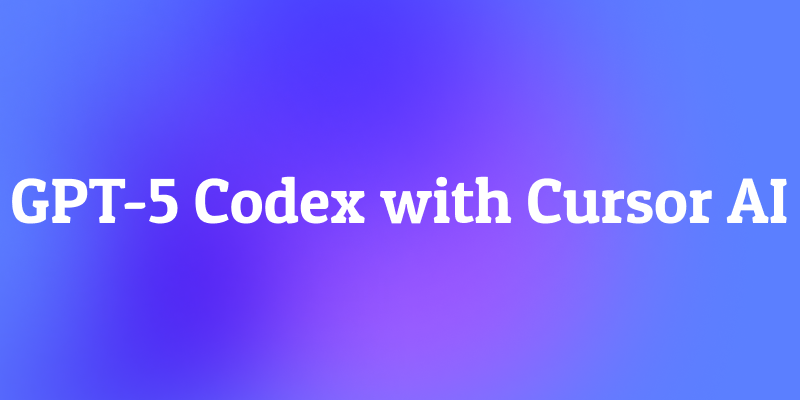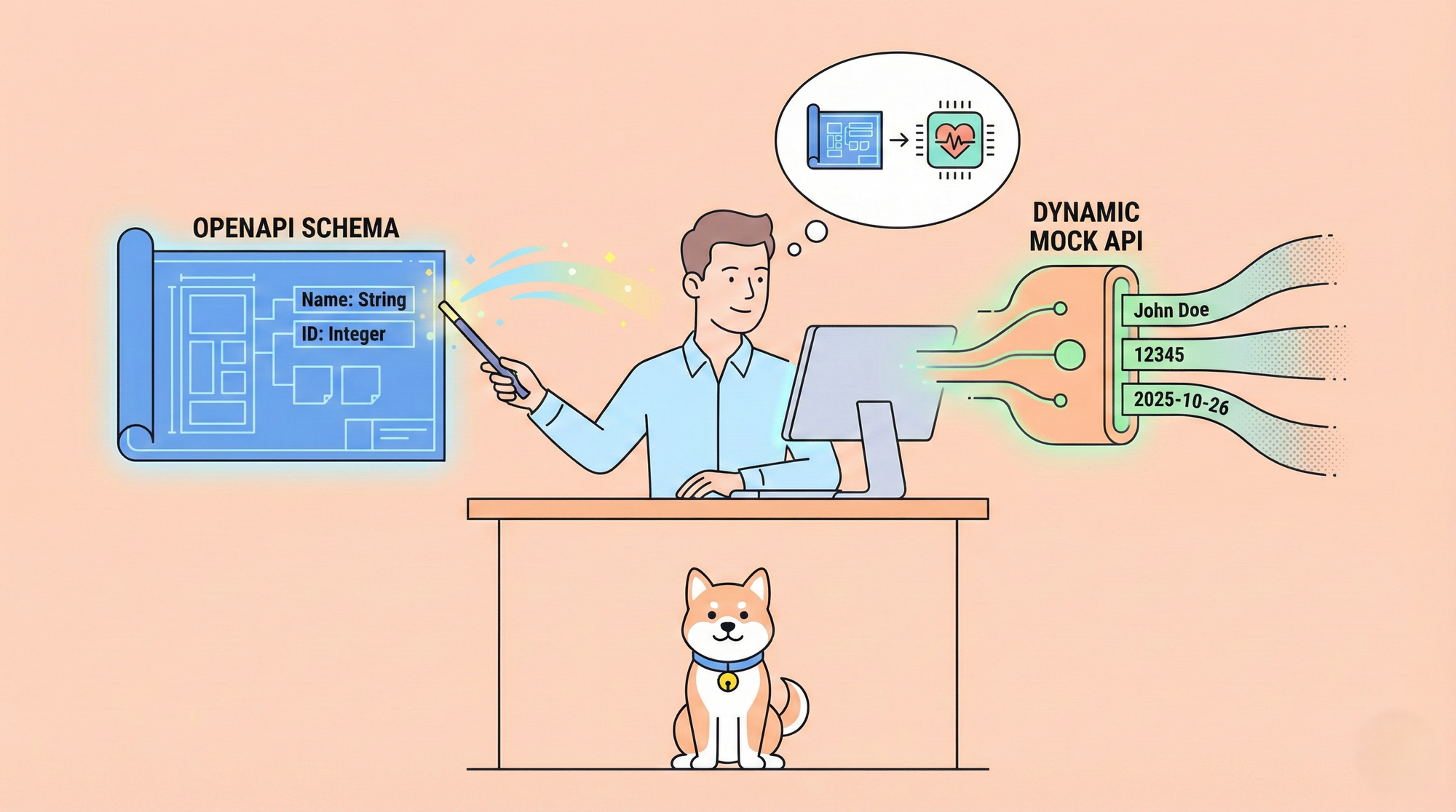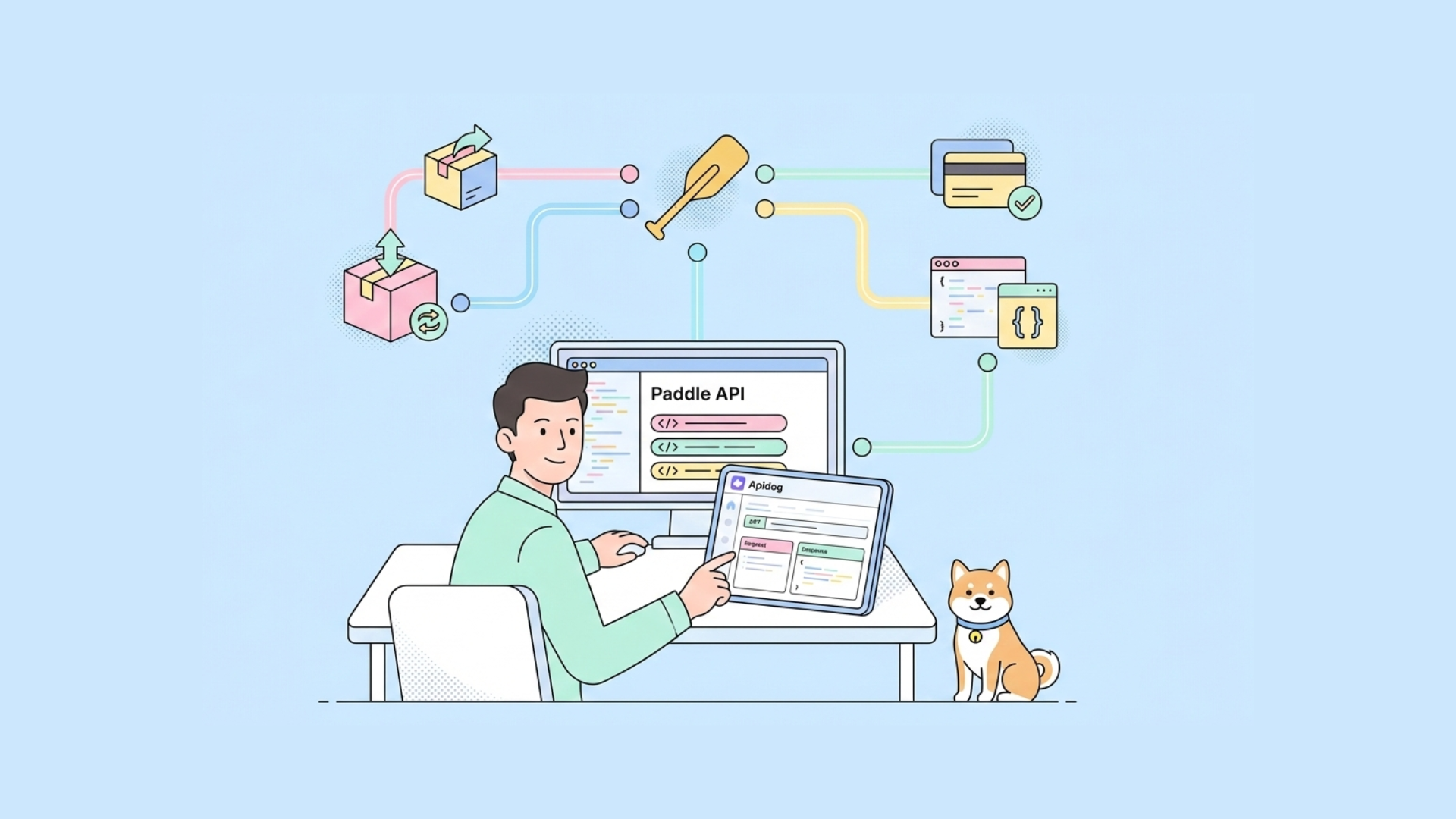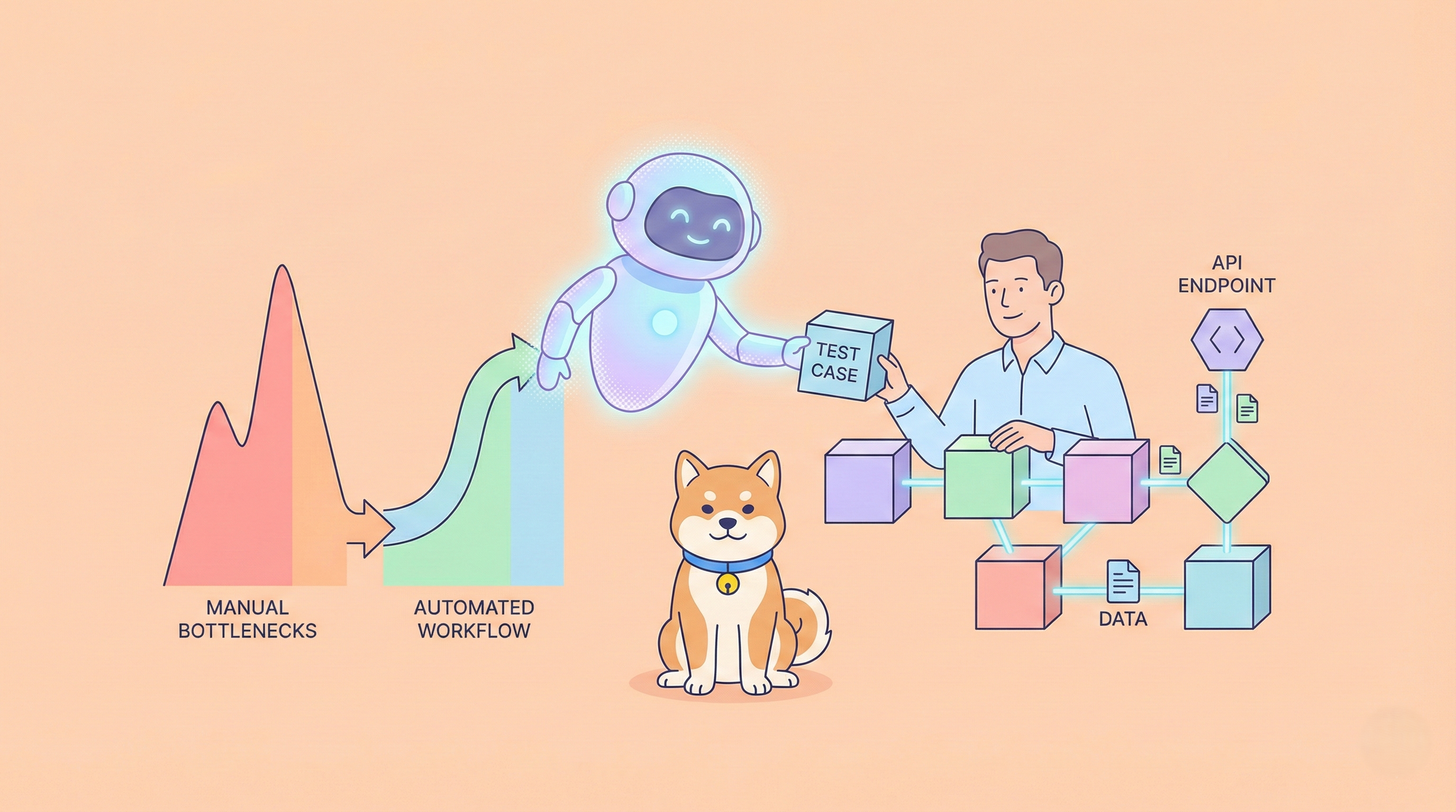This technical guide reveals how to harness GPT-5 Codex through Cursor AI and CodeX platforms, implementing advanced configuration strategies, optimization techniques, and integration patterns that maximize development velocity while maintaining code quality and security standards.
Understanding GPT-5 Codex Revolutionary Capabilities
Breakthrough Features in GPT-5 Codex
GPT-5 Codex represents a quantum leap in AI-powered code generation, offering unprecedented accuracy in understanding complex programming contexts and generating production-ready solutions. This advanced model processes entire codebases, understands intricate business logic, and produces optimized implementations that rival senior developer output.
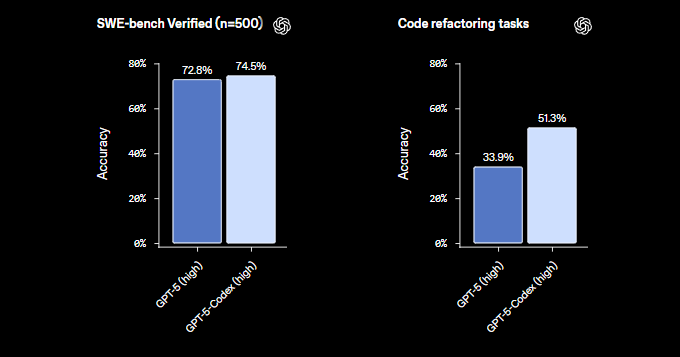
Cursor AI leverages GPT-5 Codex capabilities through an intuitive interface that seamlessly integrates with existing development environments. The platform's intelligent context management ensures GPT-5 Codex receives comprehensive project information, resulting in highly relevant and accurate code suggestions.
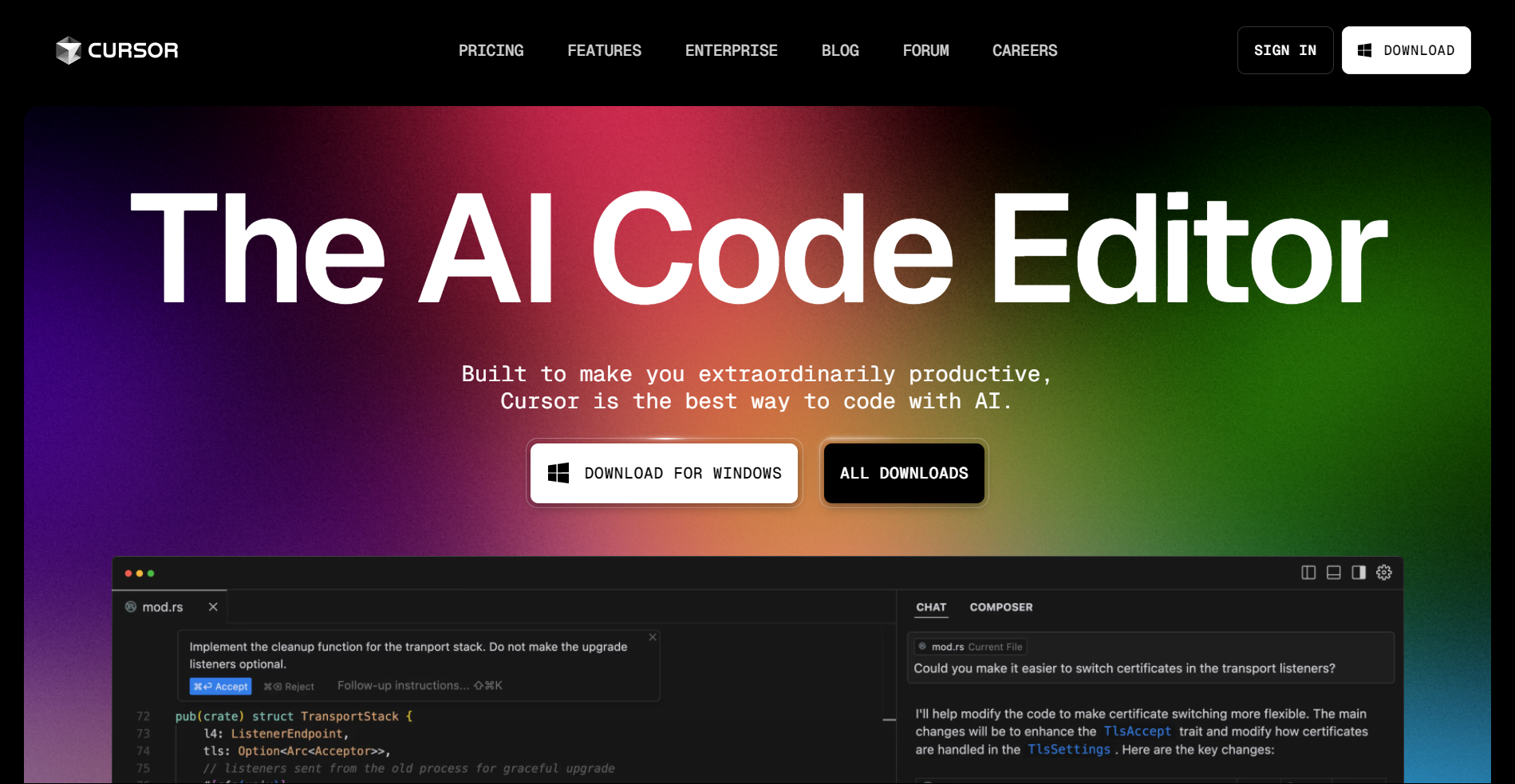
Performance Advantages Over Traditional Methods
GPT-5 Codex demonstrates remarkable performance improvements across multiple development metrics. Code generation speeds increase by 300-500% compared to manual coding, while maintaining quality standards that meet enterprise requirements. Error rates decrease significantly as GPT-5 Codex incorporates best practices and identifies potential issues during generation.
API integration becomes effortless when combining GPT-5 Codex with tools like Apidog. The AI model generates comprehensive client libraries, handles authentication complexities, and implements robust error handling patterns. Apidog validates these implementations through automated testing suites that ensure reliability.
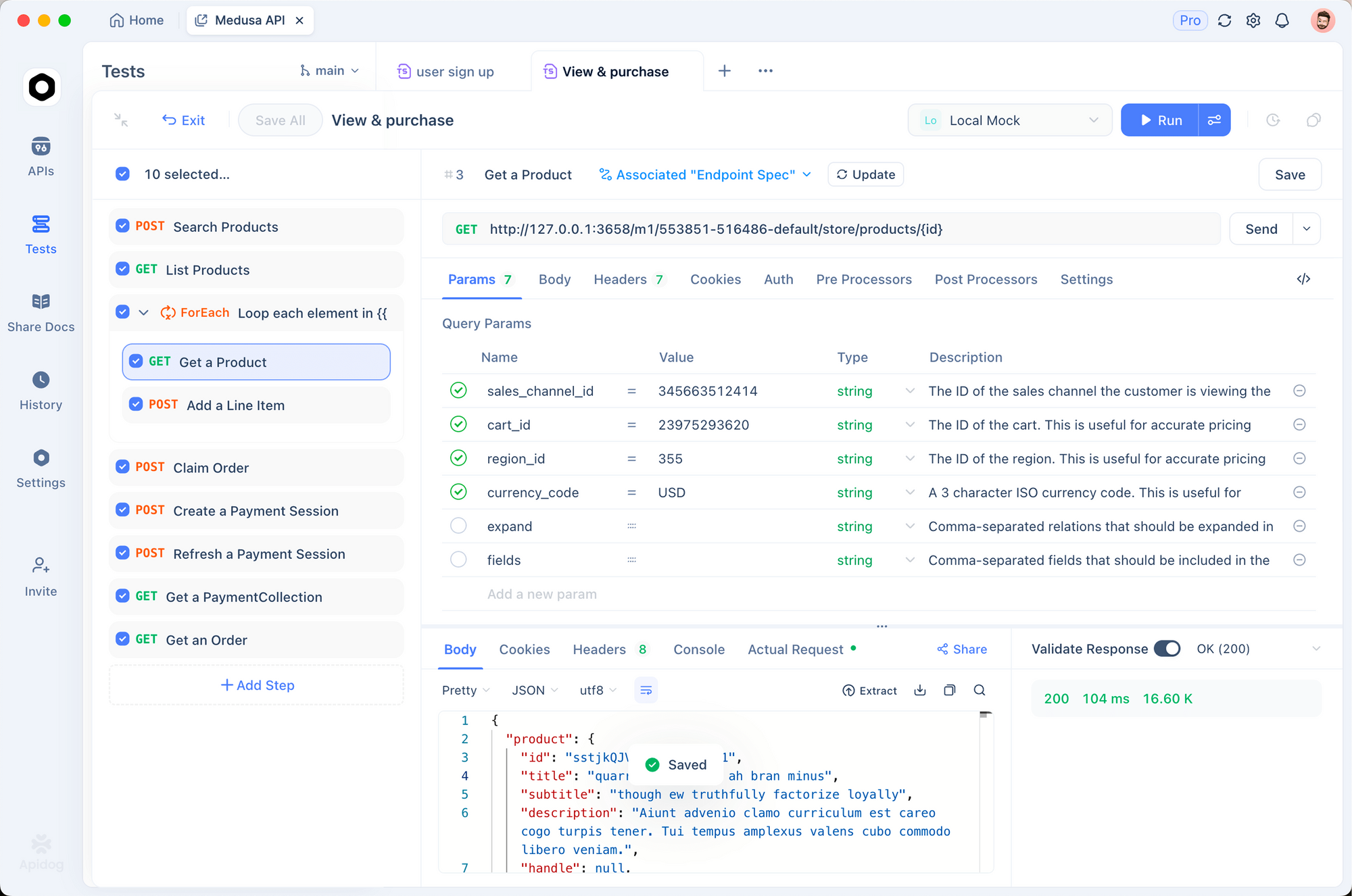
Furthermore, GPT-5 Codex excels at cross-language development, generating consistent implementations across different programming languages and frameworks. This capability streamlines polyglot development and reduces context switching overhead for development teams.
Setting Up GPT-5 Codex with Cursor AI for Maximum Speed
Essential Configuration for GPT-5 Codex Integration
The integration of GPT-5 Codex with Cursor AI and CodeX involves several steps, each critical to ensuring a smooth and efficient workflow. Below is a detailed guide on how to achieve this integration.
1. Initial Setup Prerequisites
System Requirements:
- Windows 10/11 or macOS/Linux
- Node.js 18+ installed
- Git configured with GitHub account
- OpenAI account with API access or ChatGPT Pro subscription
2. Install Cursor AI
- Download Cursor from cursor.com
- Install the application for your operating system
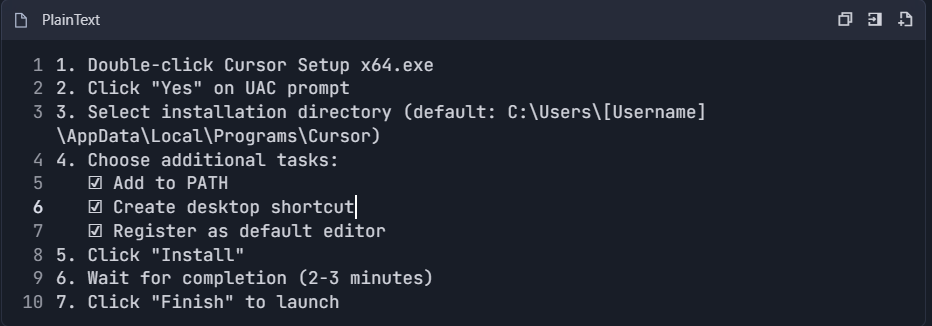
3. Launch Cursor and complete initial setup:
- Click "Get Started"
- Choose color theme (Dark/Light)
- Select keyboard layout
4. Sign in with your preferred authentication method:
- Click "Sign In"
- Choose authentication method:
- GitHub
-Email + Password
- Verify email if required
3. Configure GPT-5 Access in Cursor
Option A: Using ChatGPT Pro (Recommended)
Best for : Most users, includes GPT-5 access with Cursor subscription
Steps :
Open Cursor Settings :
- Windows/Linux: Ctrl + ,
- macOS: Cmd + ,
Navigate to AI Models :
- Click "Cursor Settings" in left sidebar
- Select "Models" tab
Enable GPT-5 :
- Find "Primary Model" dropdown
- Select "GPT-5" from the list
- Ensure "Cursor Pro" subscription is active
Verify Access :
- Check for green checkmark next to GPT-5
- Test with simple prompt: // Create a React component
Option B: Using OpenAI API Key
Best for : Users with existing OpenAI credits or specific usage needs
Step 1: Get OpenAI API Key
Visit OpenAI Platform :
- Go to platform.openai.com/api-keys
- Sign in with your OpenAI account
Create API Key :
- Click "Create new secret key"
- Name: Cursor-GPT5-Access
- Select project (if applicable)
- Click "Create"
- Copy the key immediately (you can't see it again)
Step 2: Configure in Cursor
Open Settings :
- Ctrl/Cmd + , → "Models" → "Custom API Keys"
Add OpenAI Key :

Verify Configuration :
- Click "Verify" button
- Wait for green confirmation
- Test with: // Generate a Python function
4. Set Up CodeX Integration
For Cursor Integration:
Install the CodeX extension from Cursor's extension marketplace
Access via the left sidebar (may need to pin it if hidden)
Configure display settings:
- Go to Settings → Workbench → Activity Bar
- Change orientation to "vertical" for better visibility
For Standalone CodeX CLI:
Install CodeX CLI globally:

Authenticate with your OpenAI account:

5. Integration Configuration
Cursor + CodeX Workflow:
Enable GitHub Integration :
- Connect your GitHub repository in Cursor
- Allow CodeX to create branches and pull requests
Set Up Project Context :
- Open your project in Cursor
- Use .cursorrules file to define project-specific instructions
- Configure .codexignore to exclude files from processing
Configure API Specifications :
- If using OpenAPI specs, set up Apidog MCP Server integration
- Install the MCP server extension in Cursor
- Link your API documentation
6. Advanced Integration Features
Agent Mode Setup:
Enable Agent Mode in Cursor settings
Configure GPT-5-Codex as the agent model
Set up automatic commit messages and PR descriptions
Custom Instructions:
- Create .cursorrules in your project root:

2. Configure CodeX-specific settings:

7. Testing the Integration
Test Workflow:
- Create a new feature branch
- Use Cursor's inline AI (Ctrl/Cmd + I) with GPT-5
- Test CodeX CLI commands:

4. Verify GitHub integration by checking for automatic PR creation
8. Optimization Tips
Performance Settings:
Enable Dynamic Thinking for GPT-5-Codex
Configure Rate Limiting to prevent API exhaustion
Set up Local Caching for frequently used responses
Team Collaboration:
Share .cursorrules across team members
Use consistent model configurations
Set up shared API key management if needed
9. Troubleshooting Common Issues
If CodeX extension doesn't appear:
Restart Cursor completely
Check if extension is disabled in settings
Reinstall the CodeX extension
If authentication fails:
Verify OpenAI API key permissions
Check ChatGPT Pro subscription status
Ensure network connectivity for API calls
Integration not working:
Update Cursor to the latest version
Clear Cursor cache and restart
Check for conflicting extensions
10. Best Practices
Development Workflow:
- Use GPT-5 for initial code generation
- Employ CodeX for complex refactoring tasks
- Leverage Cursor's inline editing for quick fixes
- Use agent mode for comprehensive feature development
Security Considerations:
- Never commit API keys to version control
- Use environment variables for sensitive configuration
- Review AI-generated code before merging
This integration provides a powerful development environment combining Cursor's IDE capabilities with GPT-5's advanced coding intelligence and CodeX's agentic programming features.
CodeX platforms offer specialized environments that maximize GPT-5 Codex capabilities through purpose-built interfaces and workflow optimizations. These platforms provide enhanced context management, intelligent code organization, and seamless version control integration.
Initialize new projects using CodeX templates that include GPT-5 Codex optimization configurations. These templates establish coding standards, directory structures, and documentation patterns that guide AI generation toward consistent, maintainable outputs.
Integration with external tools becomes crucial for comprehensive development workflows. Configure Apidog connections within your CodeX environment, enabling automatic API documentation generation and testing suite creation for GPT-5 Codex-generated integration code.
Advanced GPT-5 Codex Integration Techniques
Accelerated API Development Workflows
Modern applications require sophisticated API integrations that benefit from GPT-5 Codex intelligent code generation combined with comprehensive testing platforms. Apidog transforms this workflow by providing real-time validation of GPT-5 Codex-generated API clients, ensuring immediate functionality verification.
When GPT-5 Codex generates REST client libraries, Apidog automatically imports endpoint definitions and creates corresponding test suites. This integration eliminates manual testing overhead while guaranteeing that AI-generated code meets specification requirements and handles edge cases appropriately.
Additionally, Apidog documentation features serve as contextual input for GPT-5 Codex, providing detailed API specifications that guide accurate client generation. Import OpenAPI documents directly into your development environment, enabling GPT-5 Codex to understand complex authentication patterns, parameter structures, and response formats.
Intelligent Code Generation with Full Context
Advanced GPT-5 Codex utilization requires providing comprehensive project context that enables sophisticated code generation. Context includes architectural patterns, business requirements, performance constraints, and security considerations that influence optimal implementation approaches.
Create detailed project documentation that GPT-5 Codex references during code generation sessions. Include coding standards, design patterns, technology stack specifications, and integration requirements. This documentation functions as a knowledge repository that consistently guides AI suggestions toward project-aligned solutions.
Moreover, maintain current dependency information and version specifications. GPT-5 Codex considers available libraries, frameworks, and compatibility requirements when generating code, ensuring suggestions integrate seamlessly with existing project infrastructure.
Automated Debugging and Error Resolution
GPT-5 Codex revolutionizes debugging through intelligent error analysis and targeted solution generation. Cursor AI and CodeX platforms leverage this capability to provide instantaneous debugging assistance that dramatically reduces troubleshooting time and accelerates development cycles.
Effective AI-assisted debugging requires comprehensive error reporting that includes stack traces, environmental context, and relevant code sections. GPT-5 Codex analyzes this information to identify root causes and generate precise fixes that address underlying issues rather than symptoms.
Furthermore, GPT-5 Codex provides preventive debugging insights that identify potential issues before they occur. These proactive suggestions improve code robustness and reduce production errors through intelligent pattern recognition and best practice enforcement.
Supercharging Development Workflows with GPT-5 Codex
Lightning-Fast Code Review and Quality Enhancement
GPT-5 Codex transforms code review processes through automated analysis that identifies issues, suggests optimizations, and enforces coding standards instantly. Cursor AI and CodeX platforms leverage these capabilities to create review workflows that maintain quality while accelerating development velocity.
Configure automated review rules that align with team standards and project requirements. GPT-5 Codex enforces naming conventions, identifies security vulnerabilities, suggests performance improvements, and ensures architectural consistency. This automation reduces manual review overhead while maintaining superior code quality.
Integration with version control systems enables intelligent pull request analysis where GPT-5 Codex evaluates proposed changes and provides detailed feedback on improvements, alternative approaches, and potential compatibility issues. These insights guide developers toward optimal implementations.
Comprehensive Testing Strategy Automation
GPT-5 Codex generates complete testing suites that ensure AI-created code meets reliability and quality standards. Cursor AI assists with unit test creation, integration testing, mock generation, and test data preparation, accelerating comprehensive quality assurance processes.
Generate extensive unit tests automatically for GPT-5 Codex-created functions and classes. The AI analyzes function signatures, business logic requirements, and edge cases to create thorough test suites that validate functionality across diverse scenarios and input conditions.
Integration testing becomes effortless when combining GPT-5 Codex with Apidog mock server capabilities. Create realistic API simulations that enable comprehensive testing of AI-generated integration code without dependencies on external services or development constraints.
Performance Optimization and Resource Management
GPT-5 Codex provides intelligent performance optimization suggestions based on code analysis, profiling data, and industry best practices. Cursor AI and CodeX platforms surface these insights through automated recommendations that target specific bottlenecks and inefficiencies.
Implement automated performance monitoring for critical code sections generated by GPT-5 Codex. The AI analyzes execution patterns, resource utilization, and algorithmic complexity to suggest optimizations that deliver measurable performance improvements while maintaining functionality.
Moreover, GPT-5 Codex identifies memory management issues, inefficient data structures, and suboptimal algorithms before they impact production performance. These proactive optimizations prevent performance degradation and ensure scalable application architecture.
Security Excellence with GPT-5 Codex Implementation
Enterprise-Grade Secure Code Generation
Security represents the cornerstone of professional GPT-5 Codex implementation. Cursor AI and CodeX platforms incorporate advanced security patterns into generated code, but developers must implement comprehensive security validation processes that ensure enterprise-grade protection standards.
Establish rigorous security review protocols for GPT-5 Codex-generated code, particularly when implementing authentication systems, data validation logic, and external service integrations. GPT-5 Codex understands security best practices but requires context-specific validation for emerging threats and compliance requirements.
Additionally, sensitive data handling demands careful oversight throughout GPT-5 Codex workflows. Ensure AI-generated code implements proper input sanitization, output validation, and data protection mechanisms that meet industry standards and regulatory requirements.
Advanced API Security Integration
API security complexity increases significantly as applications integrate multiple external services through GPT-5 Codex-generated client code. Apidog provides comprehensive security testing capabilities that validate AI-generated implementations against established security frameworks and vulnerability patterns.
Implement automated security scanning protocols for API endpoints and authentication mechanisms generated by GPT-5 Codex. AI-generated integration code should incorporate robust error handling, intelligent rate limiting, and comprehensive security header management that protects against common attack vectors.
Moreover, Apidog security documentation features guide GPT-5 Codex toward secure implementation patterns during code generation. Include detailed security requirements, authentication specifications, and vulnerability mitigation strategies that inform AI decision-making processes.
Practical Implementation Examples
Real-World Code Generation Scenarios
Understanding practical applications helps developers maximize Cursor AI benefits in real-world projects. Common scenarios include API client generation, data processing pipelines, and user interface components. Each scenario requires specific approaches and considerations.
API client generation represents a frequent use case where AI assistance significantly accelerates development. Provide AI models with OpenAPI specifications, authentication requirements, and error handling preferences. Apidog facilitates this process by generating comprehensive API documentation that serves as AI context.
Data processing pipelines benefit from AI assistance when dealing with complex transformations and validation logic. AI models excel at generating efficient algorithms and handling edge cases that developers might overlook during manual implementation.
Integration Pattern Examples
Successful AI integration follows established patterns that ensure maintainable and reliable code. These patterns include configuration management, error handling, testing strategies, and documentation approaches. Implementing standardized patterns improves team productivity and code quality.
Configuration management patterns ensure AI-generated code remains flexible and maintainable. Use dependency injection, environment variables, and configuration files to externalize settings that may change across deployment environments.
Error handling patterns become particularly important with AI-generated code, as AI models may not always anticipate all failure scenarios. Implement comprehensive error handling that includes logging, user feedback, and graceful degradation strategies.
Monitoring and Continuous Improvement
Performance Metrics and Analysis
Effective AI integration requires ongoing monitoring and optimization based on measurable performance metrics. Cursor AI provides usage analytics that help teams understand AI assistance effectiveness and identify improvement opportunities.
Track metrics such as code generation accuracy, debugging success rates, and development velocity improvements. These metrics guide configuration adjustments and workflow optimizations that maximize AI benefits while minimizing potential drawbacks.
Additionally, monitor API integration performance when using tools like Apidog alongside AI-generated code. Response times, error rates, and throughput metrics indicate whether AI-generated integration code meets performance requirements.
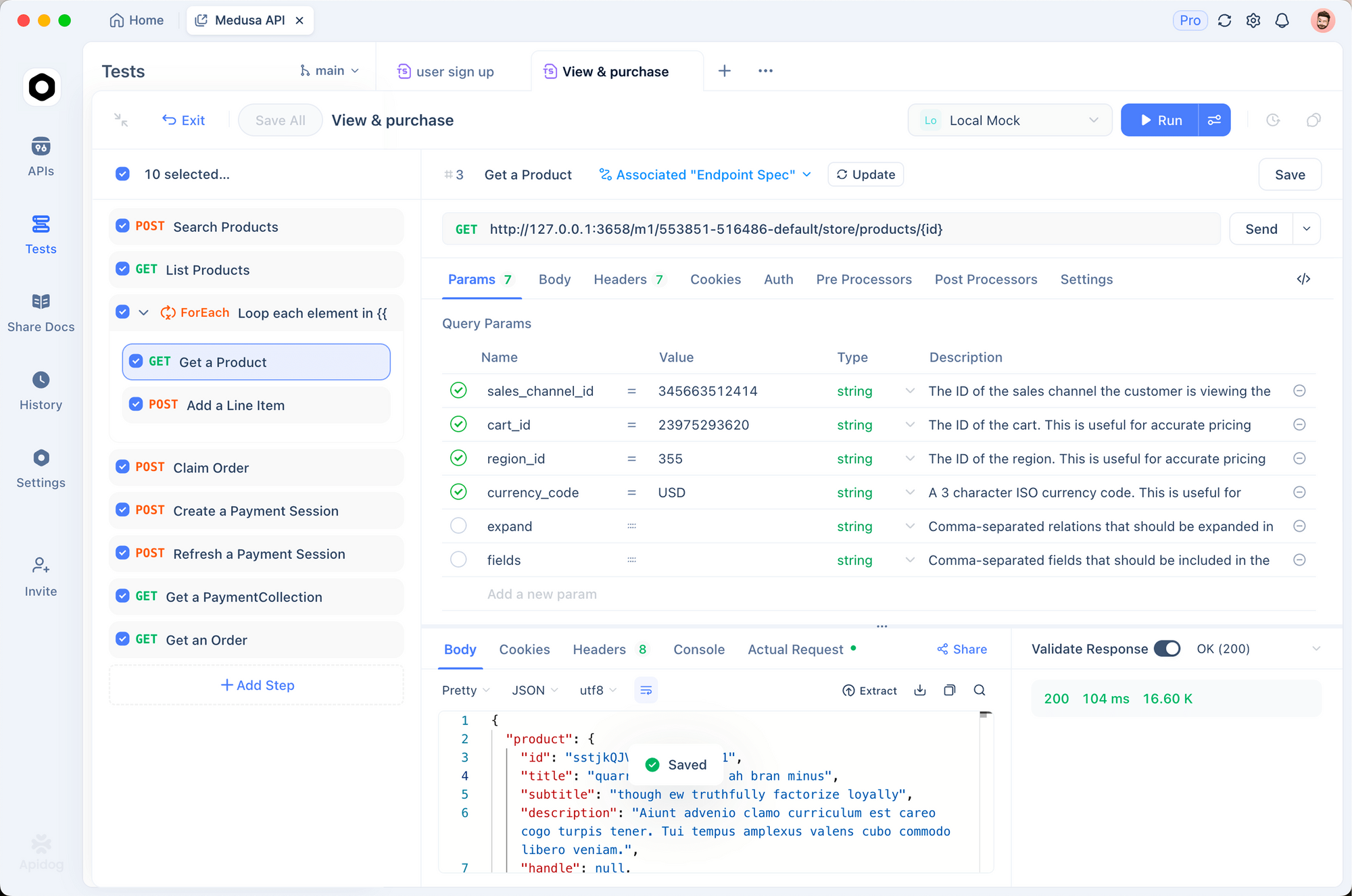
Feedback Loop Implementation
Continuous improvement requires establishing feedback loops that capture developer experiences and AI model performance. Cursor AI supports feedback mechanisms that improve suggestion quality over time through usage pattern analysis.
Encourage team members to provide feedback on AI suggestions, including accuracy assessments and improvement recommendations. This feedback helps refine prompting strategies and configuration parameters for better results.
Furthermore, implement automated feedback collection that captures code modification patterns after AI suggestions. This data reveals common adjustment types that may indicate areas for AI model improvement or configuration optimization.
Maximizing AI-Powered Development Success
The integration of advanced AI coding models through platforms like Cursor AI represents a significant evolution in software development practices. While we anticipate the capabilities that GPT-5 Codex will eventually provide, current AI models already offer substantial productivity improvements when properly configured and integrated.
Successful implementation requires understanding both the capabilities and limitations of current AI models. Cursor AI provides extensive configuration options that allow developers to optimize AI assistance for their specific requirements and workflows. Combined with robust API development tools like Apidog, these platforms create comprehensive development environments that enhance productivity while maintaining code quality.
Remember to download Apidog for free to complement your AI-powered development workflow with comprehensive API design, testing, and documentation capabilities. This integration ensures that your AI-generated code meets production standards while maintaining the flexibility to adapt to future technological advances.
